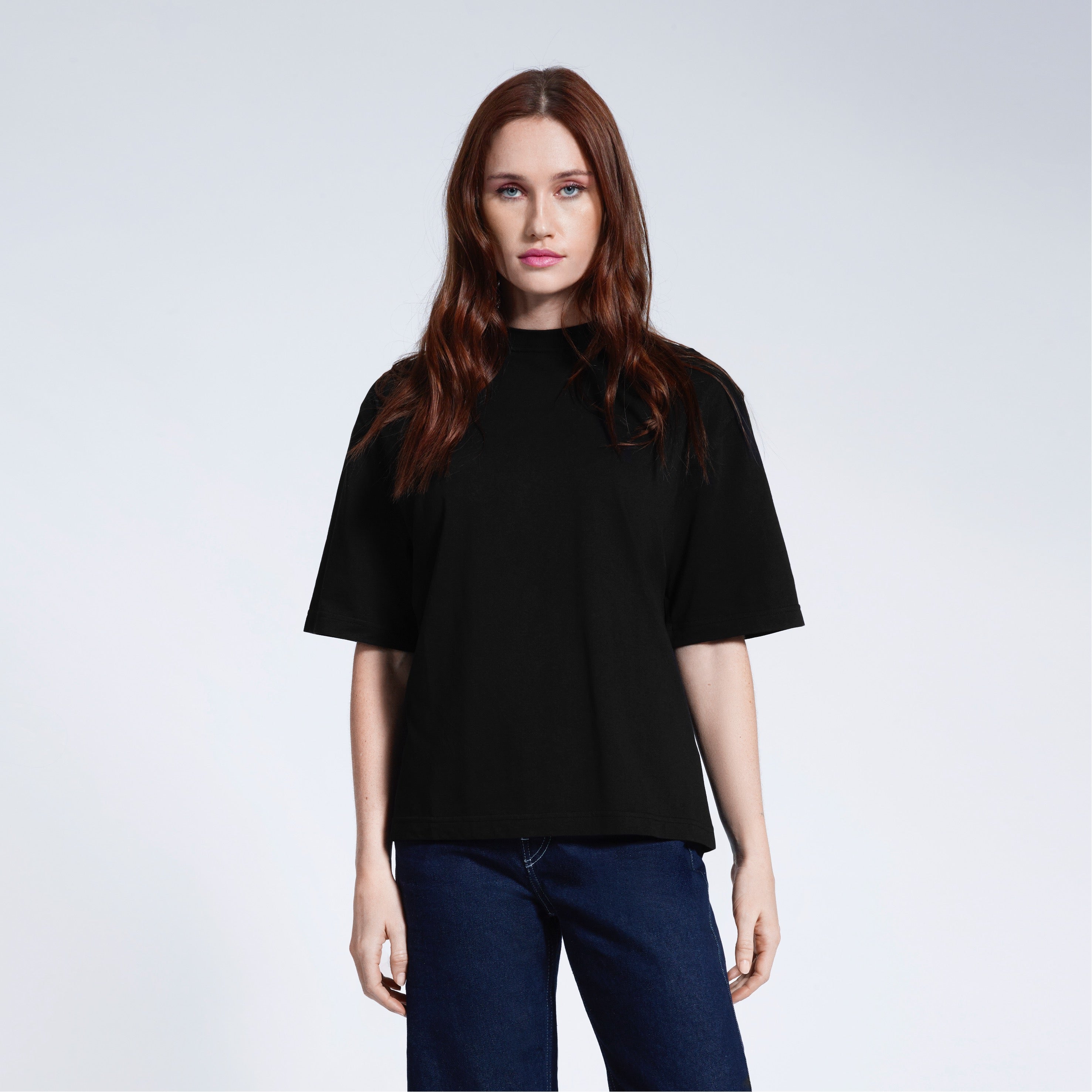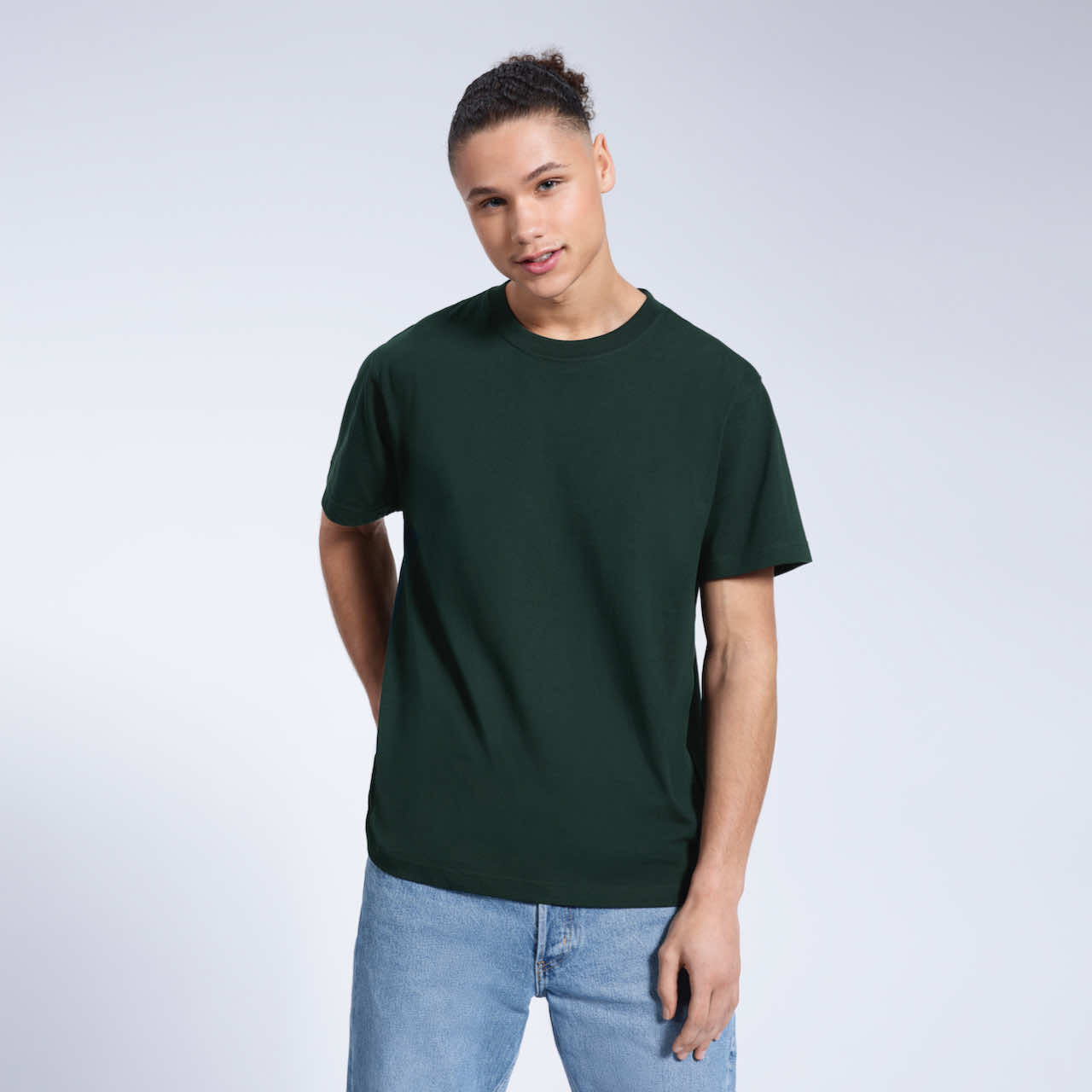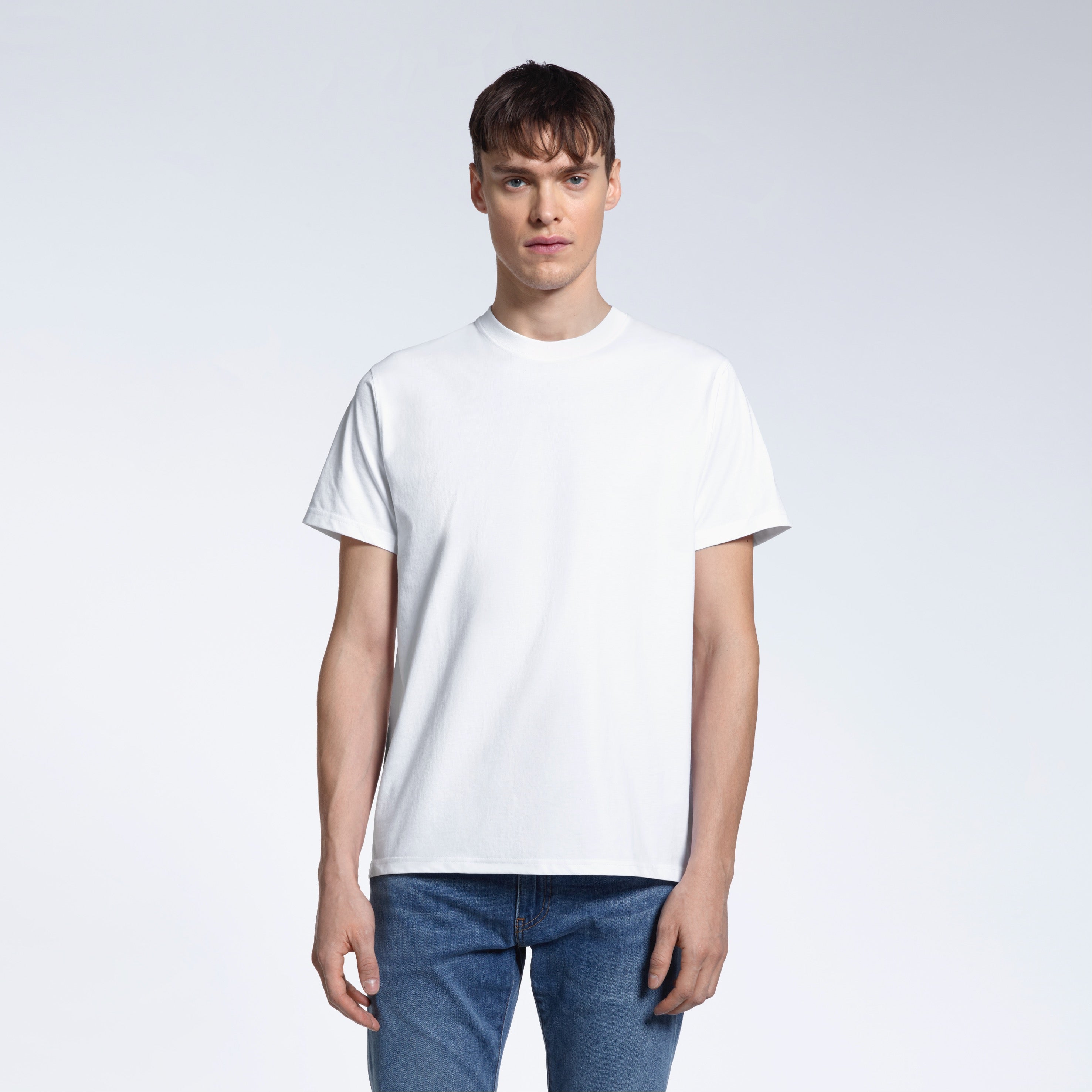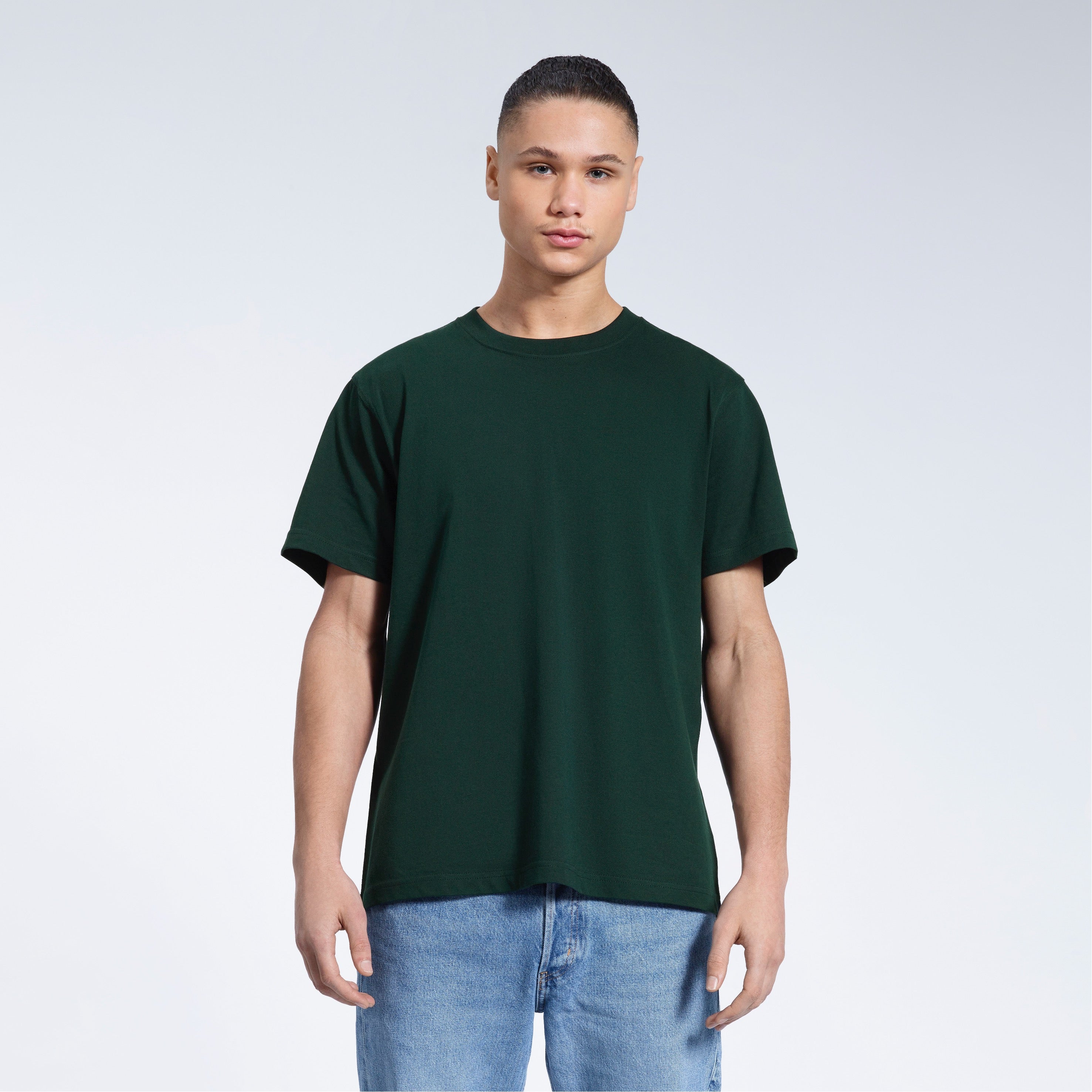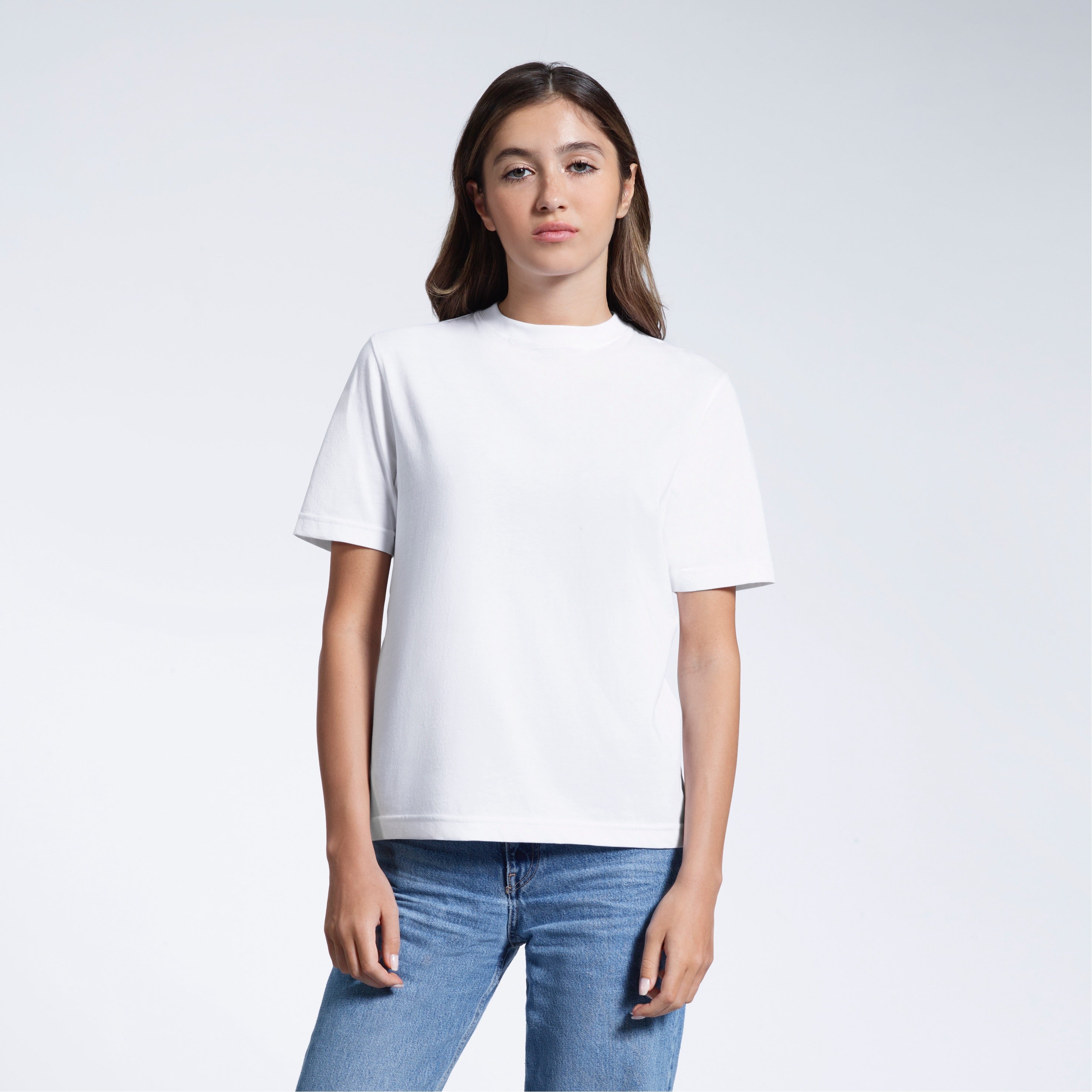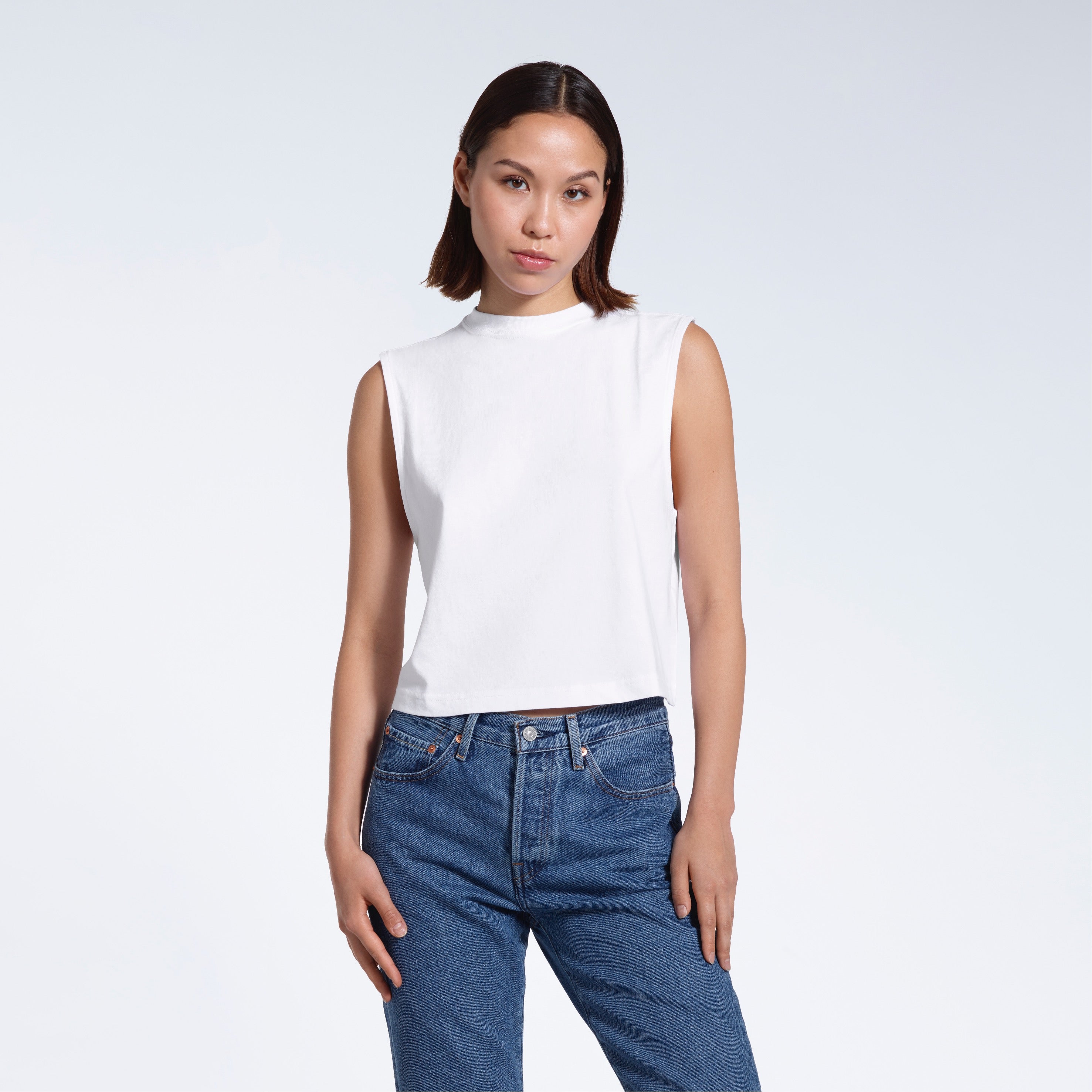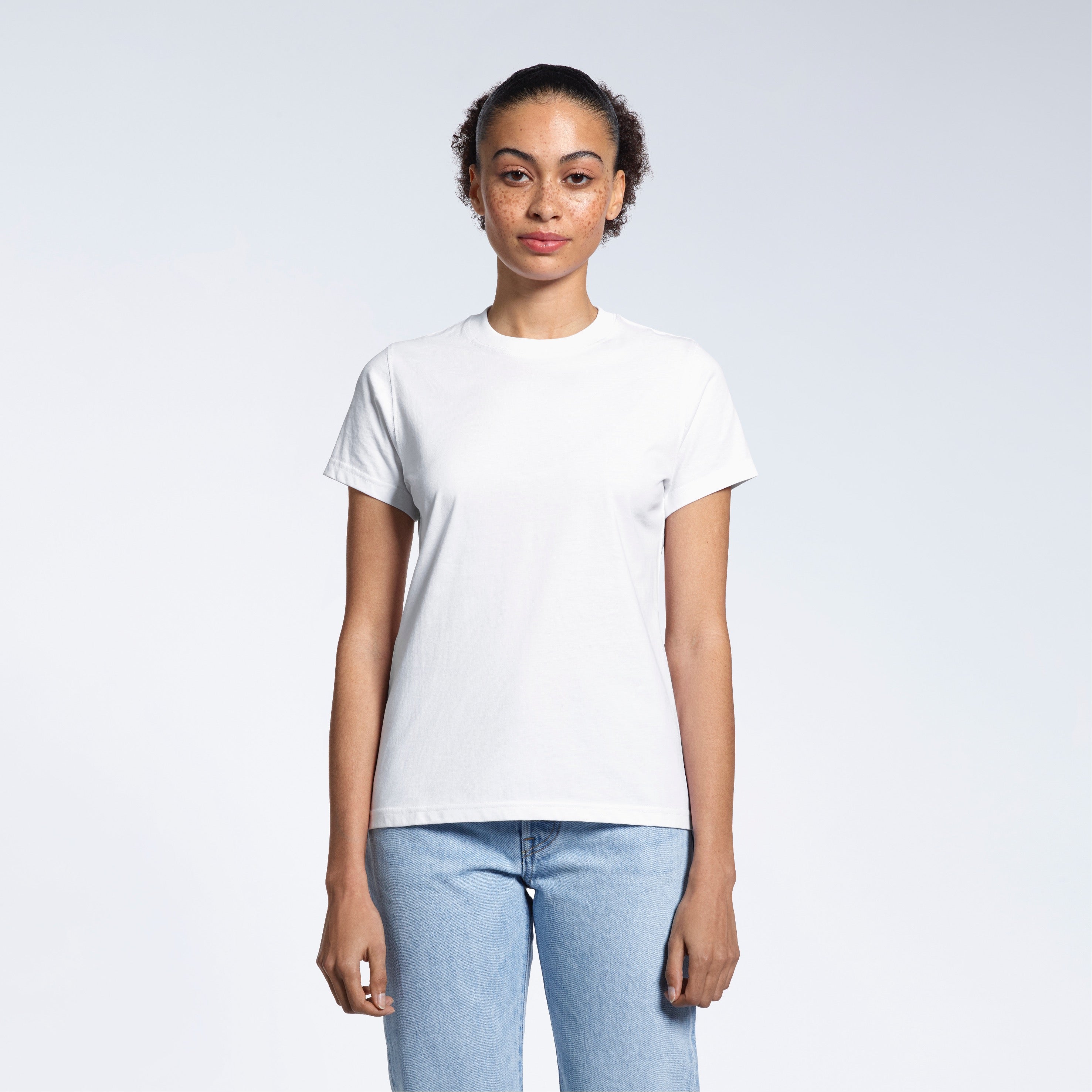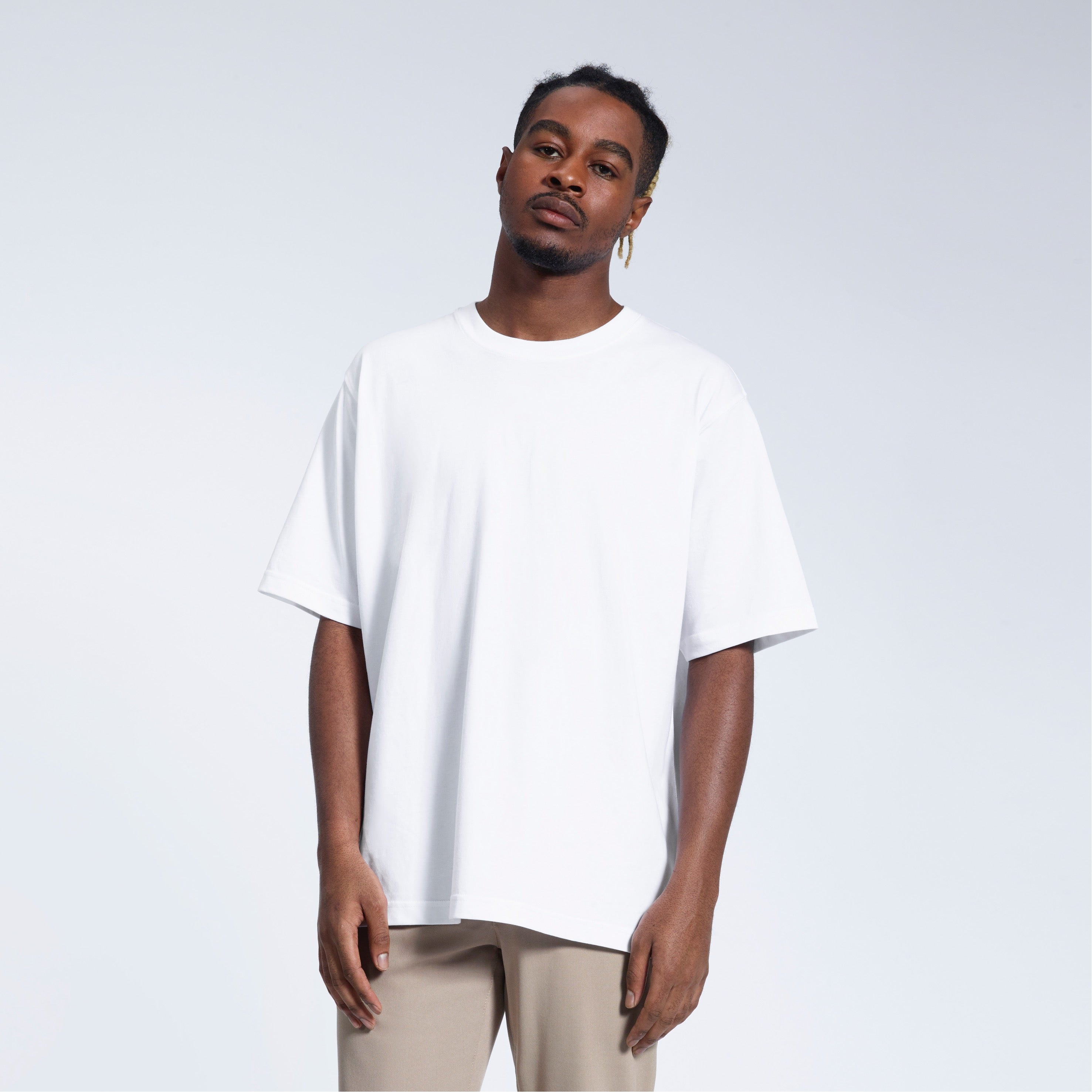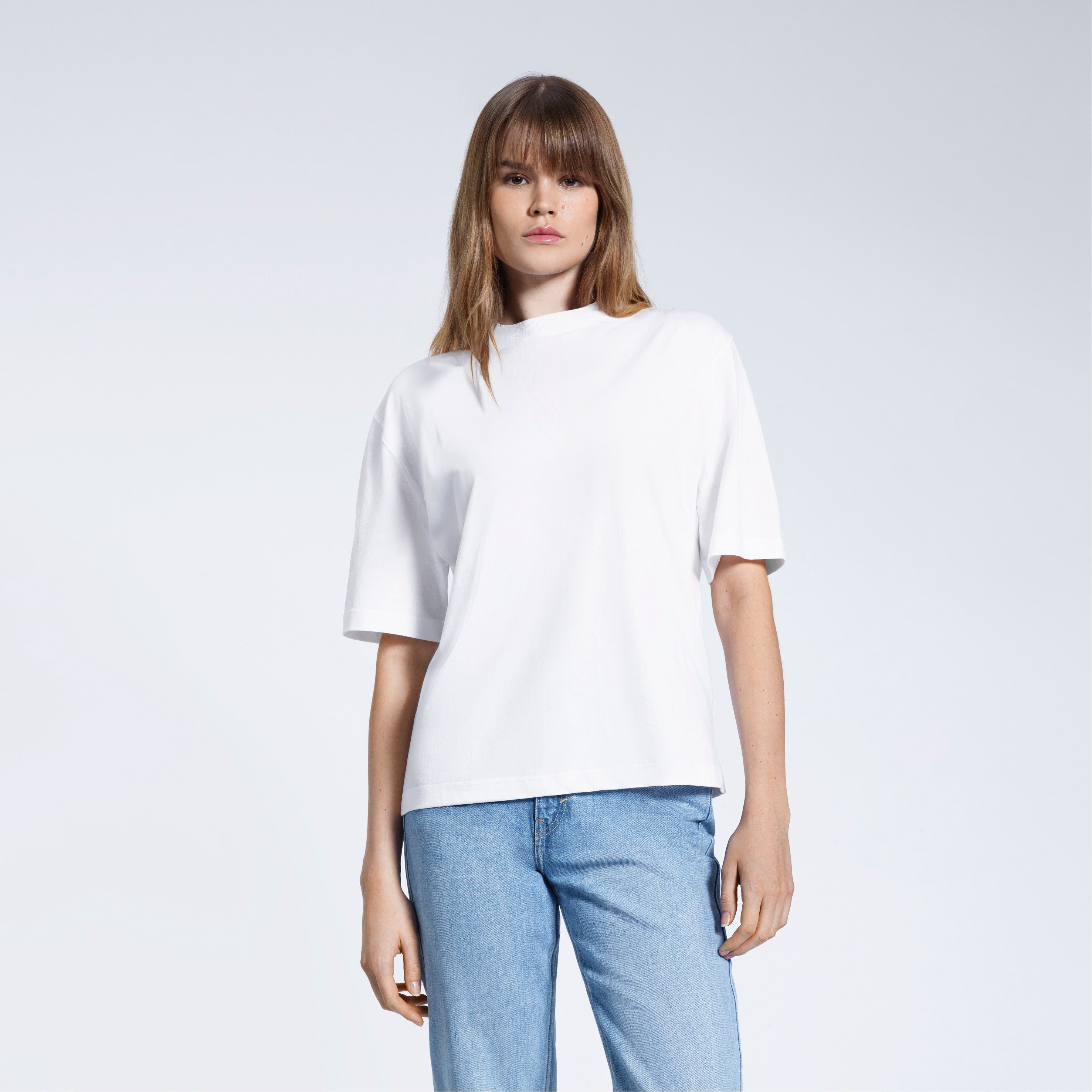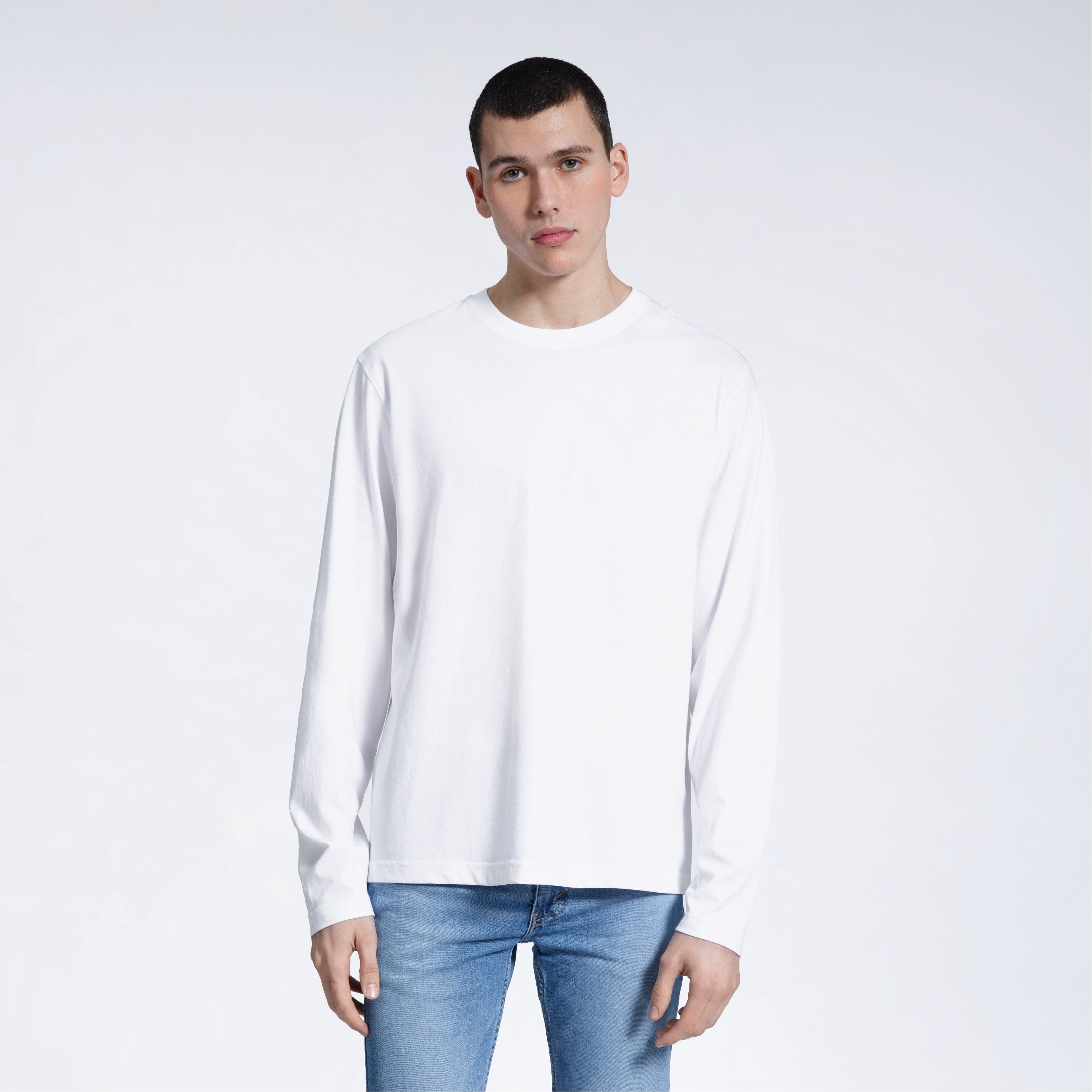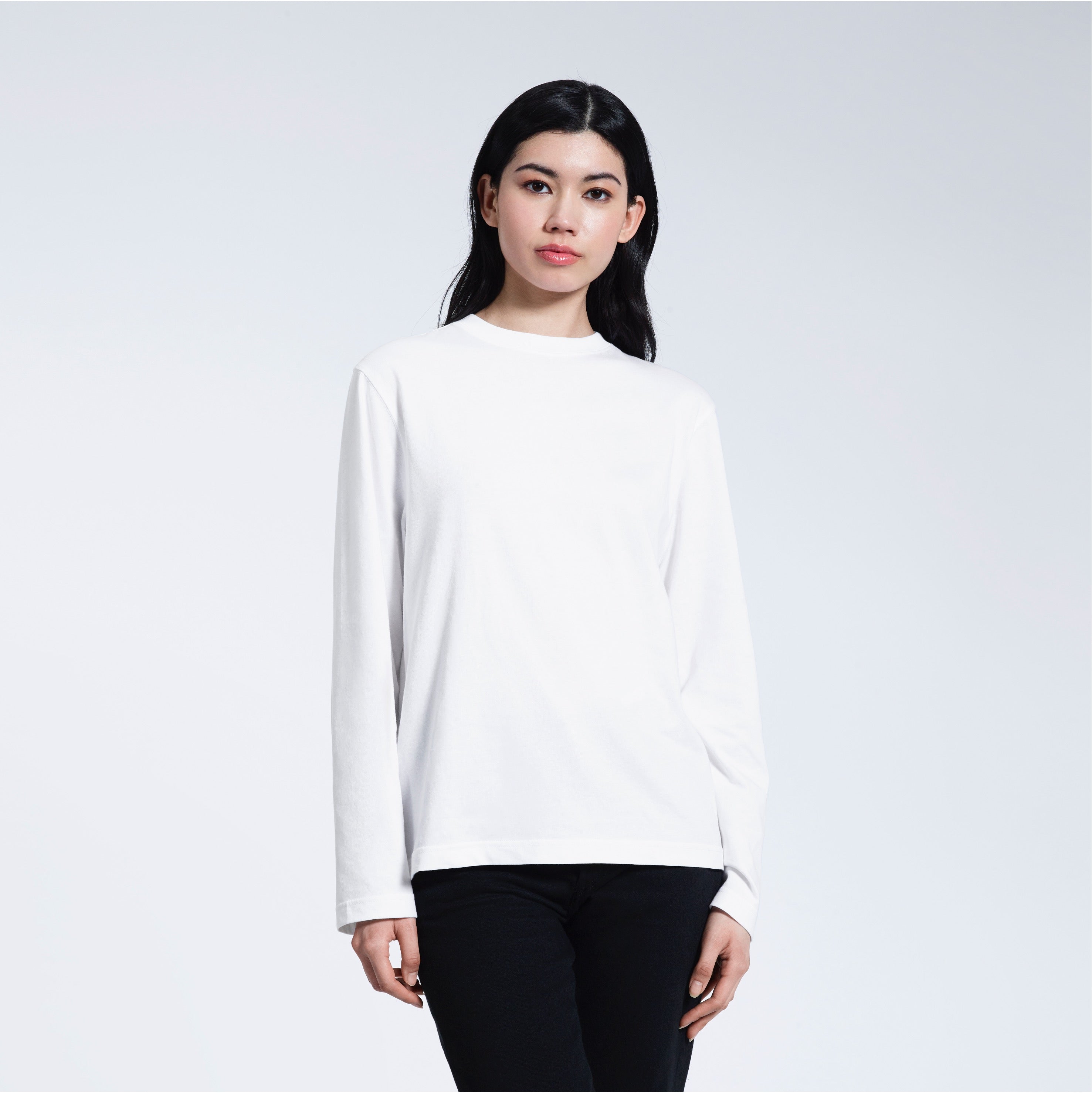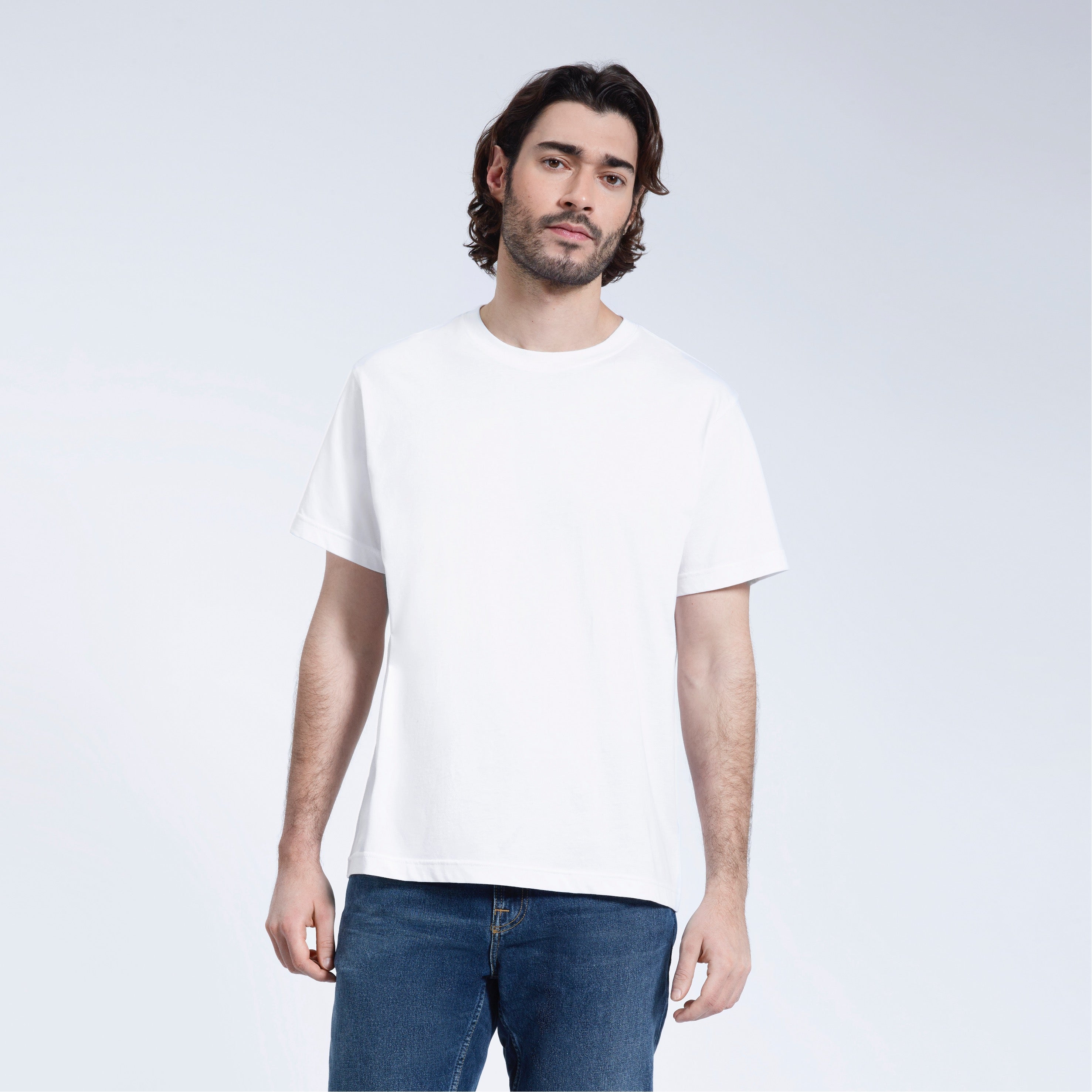
The Beginner's Guide to Identifying Truly Sustainable Clothing
Eco-friendly clothing is more than just a trend in a world where environmental issues are growing. However, it can be hard to tell which clothes are truly sustainable and which are just "greenwashing". To help you make smart choices, we've put together a full guide on how to spot truly sustainable clothes.
7 ways to find clothes that are good for the environment:
-
Learn what it means for fashion to be sustainable
-
Know the materials
-
Check how committed the brand is to caring for the environment
-
Research how ethically the brand acts
-
Think about quality and longevity
-
Understand how the brand affects the environment
-
Do your research and look at the reviews
1. Learn what it means for fashion to be sustainable
Before getting into the details, it's important to understand what it means for fashion to be sustainable. Sustainable clothing tries to have as little of an effect on the world as possible, make sure workers are treated fairly, and encourage moral production methods. This includes everything from the materials used to how the workers are treated to how long the clothes last.
2. Know the materials
Materials are the building blocks of clothes that last. Here are some important things to think about:
-
Buy clothes made from organic cotton. It’s grown without using man-made fertilisers or chemicals, it helps clean up the land and water, and it often needs less water than regular cotton.
-
Keep an eye out for recycled materials. Fabrics that have been used before, like polyester or nylon, help keep waste out of landfills and lower the need for new materials. Usually, these materials come from old clothes or plastic that have been thrown away.
-
Hemp, bamboo, and TENCEL™ (lyocell) are some other eco-friendly choices. Hemp lasts a long time and doesn't need much water to produce. Bamboo grows quickly and naturally keeps pests away. TENCEL™ is made from sustainably sourced wood pulp and also breaks down naturally.
-
Stay away from harmful chemicals - look for labels like OEKO-TEX or GOTS (Global Organic Textile Standard) that ensure fabrics are free of chemicals and dyes that are bad for you.
3. Check how committed the brand is to caring for the environment
If a clothing brand wants to be sustainable, it should be honest about how they do business and care about the environment. Here are some ways to figure out how dedicated a brand is:
-
Brands and certifications: Check for labels like B Corp, Fair Trade, or GOTS. These certifications show that the company is socially and environmentally responsible to a high standard.
-
Transparency: A brand that cares about the environment will be open about its supply chain, how it makes products, and how it treats its workers. Being open about where and how clothes are made is a good sign that a brand is real.
-
Sustainable Practices: Brands that use sustainable practices might do things like make products with 0 waste, recycle water, or use production methods that use less energy. They may also have programs where you can return old clothes to be recycled or used for something else.
4. Research how ethically the brand acts
Sustainability isn't just about taking care of the Earth; it also encompasses ethical labour practices. Here's how to tell if a brand is moral:
-
Fair labour practices. If a brand says it follows fair hiring practices, like paying workers fairly and giving them safe places to work, it tends to have better moral values. To verify, you can request certifications like Fair Trade or WRAP (Worldwide Responsible Accredited Production).
-
Local production. Brands that make clothes in their own country or fair-trade certified companies usually have more control over how workers are treated and how the clothes affect the environment.
-
Worker rights. Look for brands that protect workers' rights and make the workplace safe. Some companies put out yearly reports or audits about how they treat their workers, which can show how committed they are.
5. Think about quality and longevity
It's not enough to just consider how clothes are made to be sustainable; they also need to last a long time. Wearing durable, well-made clothes means you won't have to buy new ones as often, which cuts down on waste. Look out for these things:
-
Quality over quantity. Make sure you buy things that are well-made and will last. Check the stitching, the weight of the fabric, and the way it's put together overall. Clothes that are of higher quality usually have stronger seams, last longer, and are generally finished better.
-
Designs that will never go out of style. Most people will keep classic, timeless pieces for years, so they won't contribute to the fast-fashion loop.
-
Care instructions. If you take good care of your clothes, they will last longer. Brands that provide clear care instructions and use materials that are easy to care for in the washing machine or that last a long time contribute to the sustainable fashion industry.
6. Understand how the brand affects the environment
A truly sustainable business will work to leave as little of an impact on the environment as possible. This can be judged by looking at their:
-
Environmental policies: Find out how the brand handles its effect on the planet. Brands that care about the environment often have rules about cutting down on carbon emissions, dealing with waste, and saving water.
-
Eco-friendly packaging is often used by brands that are good for the environment. Look for brands that use minimal packaging, are made from recycled materials, or can be broken down in a compost pile. Stay away from brands that use too much plastic or packaging that can't be recycled.
-
Carbon impact: Some brands tell you about their carbon impact and what they're doing to offset it. This can include shipping choices that don't release carbon or investments in clean energy.
7. Do your research and look at the reviews
In this age of information, research and reviews are very useful for judging sustainability:
-
Customer reviews: Read reviews from other customers to learn more about the brand's claims about quality, ethics, and the environment.
-
Independent research: Read articles, watchdog reports, or sustainability reviews about the brand that are not connected to the company. Evaluations by a third party can give you an unbiased view of how the brand works.
Conclusion
To find truly sustainable clothing, you need to know about the materials used, look at how brands work, think about social standards, and consider how long clothes last. If you research and shop wisely, you can make choices that fit your style and also your values.
When you're shopping for clothes, remember that each choice you make is important. By shopping with brands that care about the environment, you help make a positive change and build a more environmentally friendly future.
